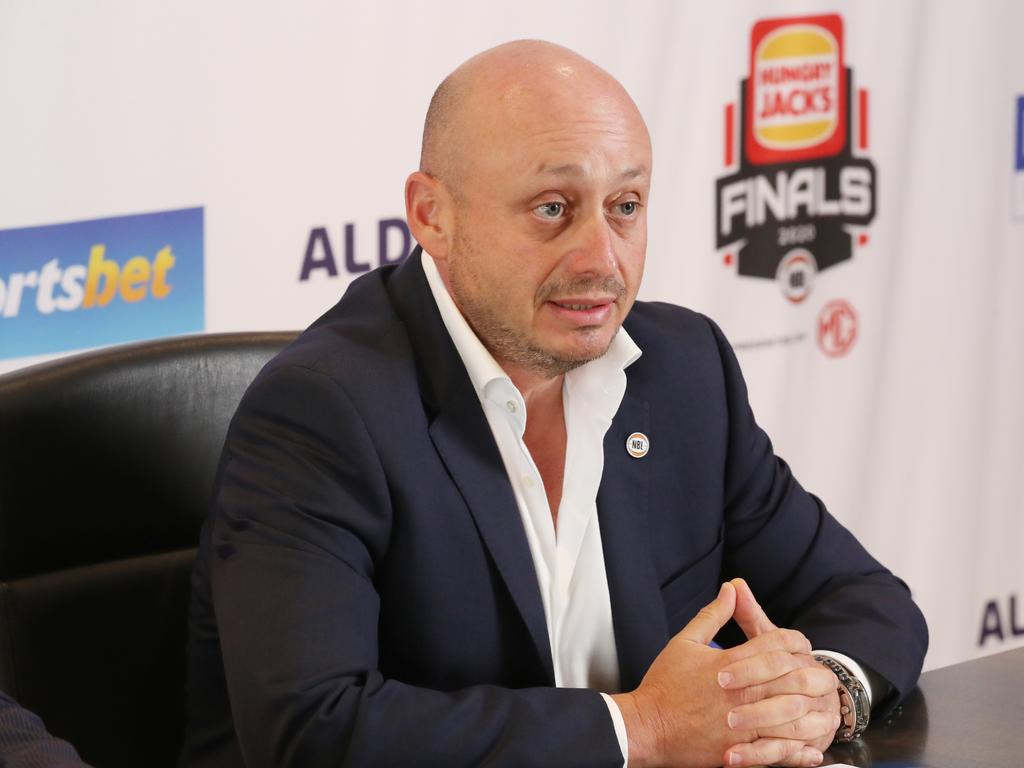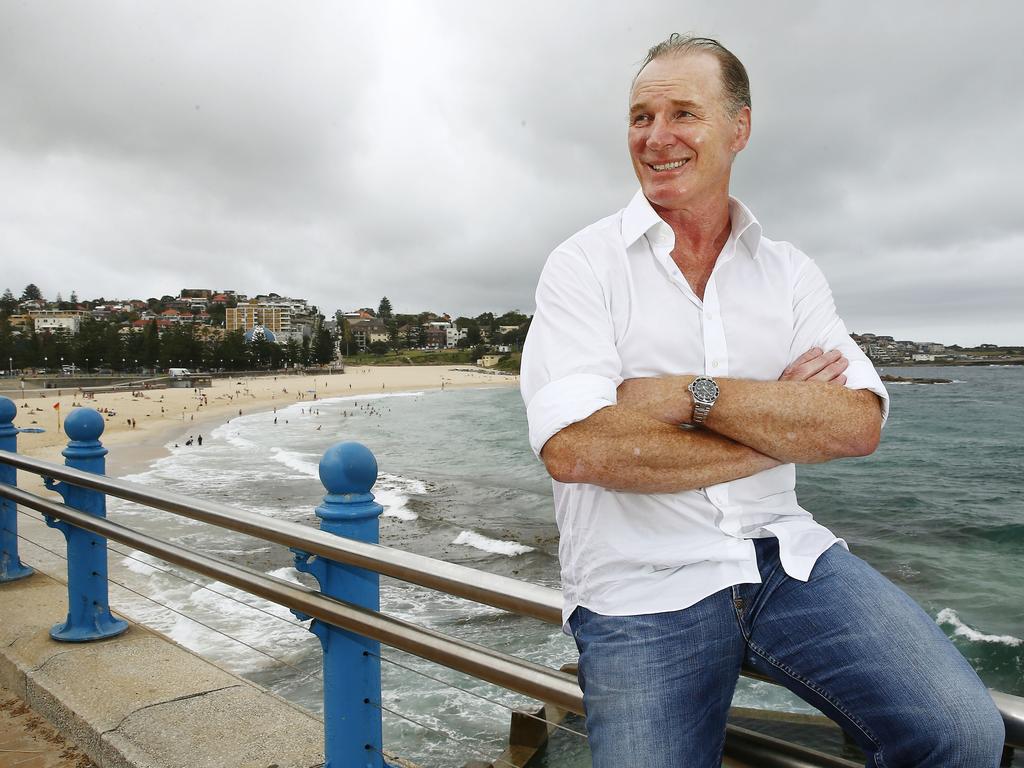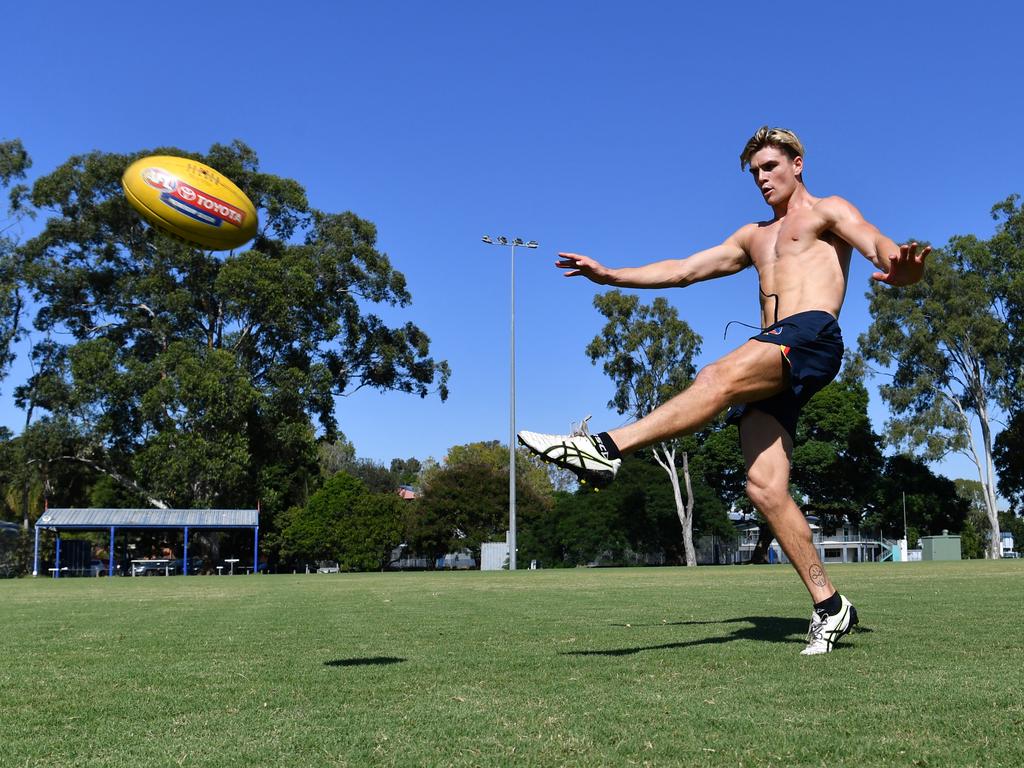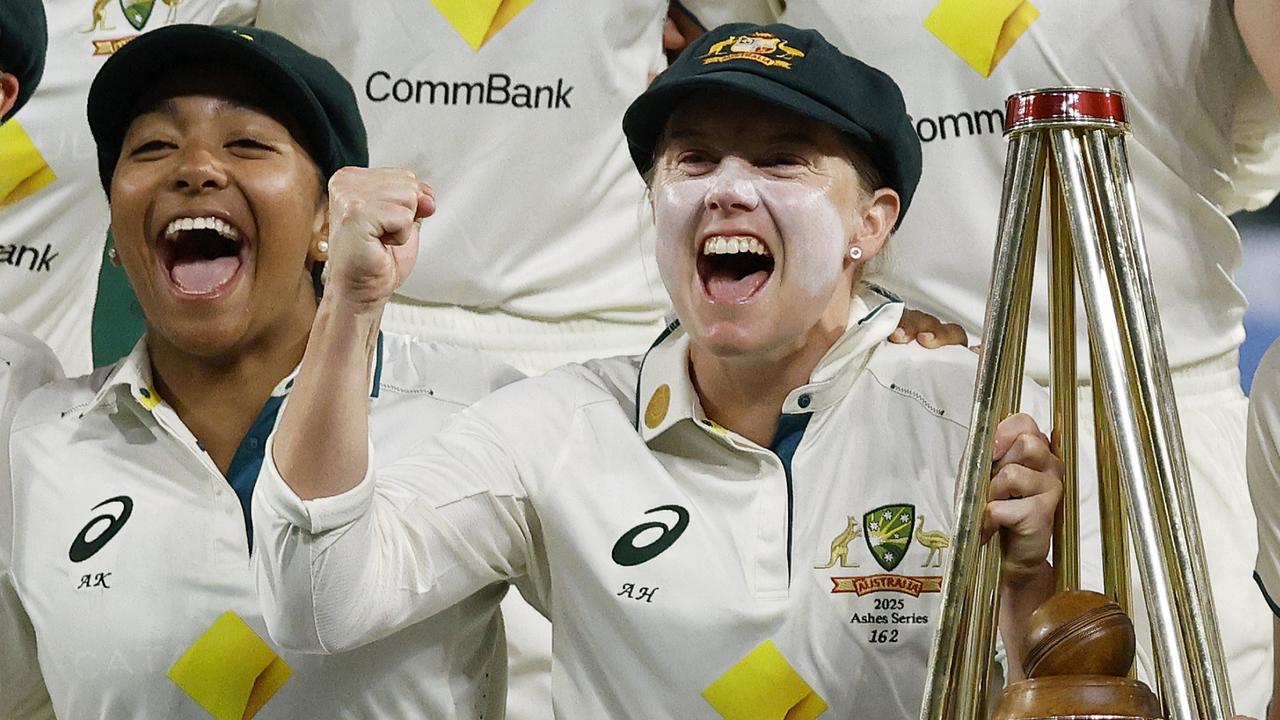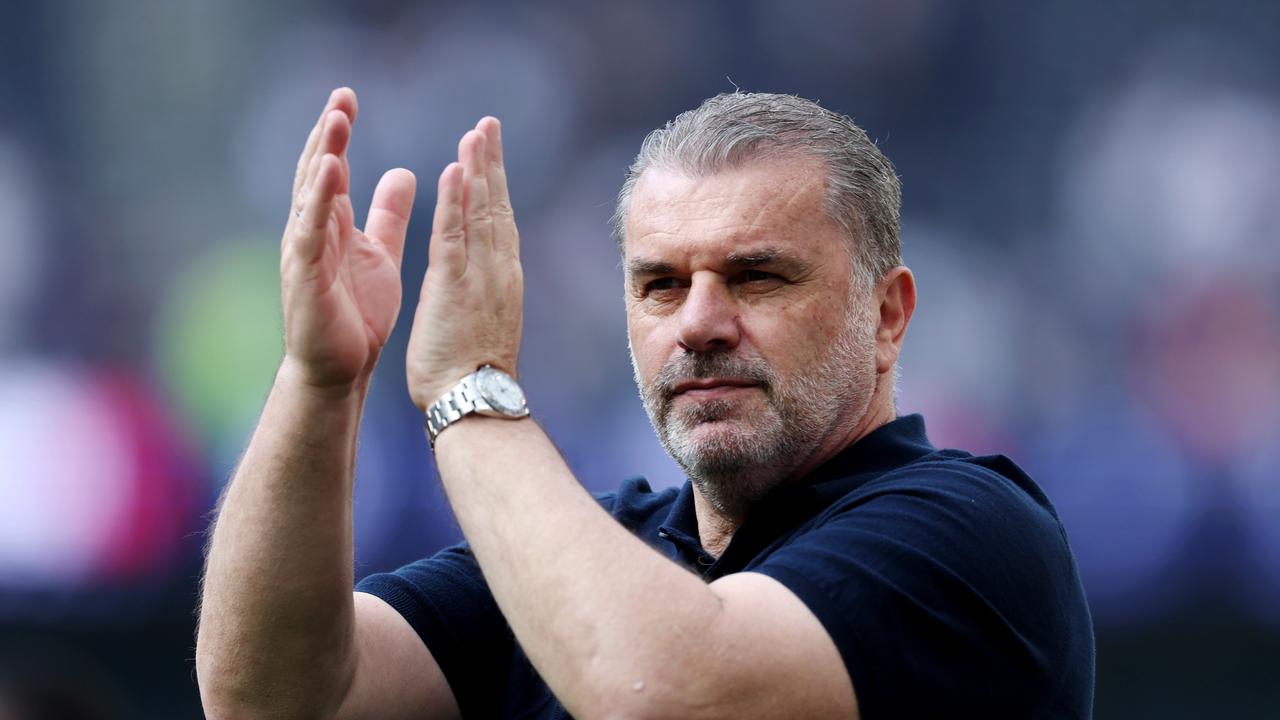The dash for cash: Why even the biggest sports have been blatantly exposed
The shutdown caused by the coronavirus has exposed sports who did not put money aside to deal with the unexpected.
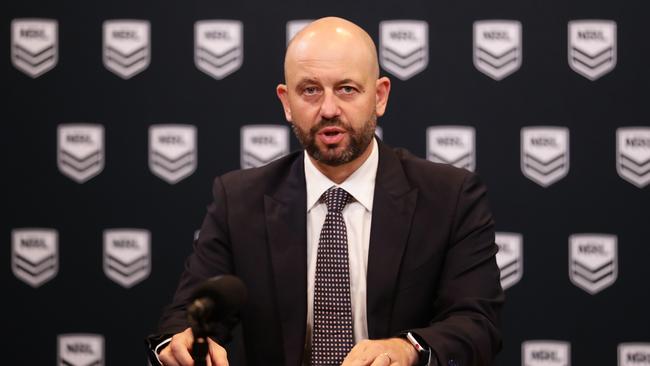
If you want to go back to one image sports are teetering on the edge of financial crisis during the COVID-19 shutdown and have had their business models exposed, picture the 13 or 14-year-old boy or girl — that teenage budding star athlete.
They’ve tried Kanga Cricket, played AusKick, taken part in MiniRoos, given League Stars a go or any of those other junior development programs like Little Athletics and NetSetGo.
Then, it becomes clear they are really good at whatever sport they play, and eventually they will have to decide which they will pursue at an elite level. All the codes go after them.
Think of the athletes that have made choices, the myriad AFL draftees who excelled at cricket and the likes of Ellyse Perry, Adam Goodes and Scott Pendlebury.
There is also a tale that does the rounds in Melbourne sporting circles, maybe apocryphal, about Will Sutherland, the son of long-time former Cricket Australia chief executive James Sutherland. A budding cricketer and Australian rules footballer, he eventually took a multi-year deal with Victoria rather than play AFL.
Though word has it that there was a “bounty” on Sutherland’s head and the administrator who convinced him to forge a football career would receive a large bonus — the thought being it would strike such a blow to cricket.
“This has been the story of the last couple of decades, an arms race with sports competing against each other to make themselves attractive to those kids,” explains David Gallop, the former chief executive of both the National Rugby League and Football Federation Australia.
“As a consequence the salaries and cost bases have increased.
“Obviously it all coincided with a time when media (broadcast) rights for sport were going up and up too.”
What that means is more and more money was coming into sport and more and more was being spent. Just about every Australian cricketer is on $1m now.
Think of rugby league and its famous 130 per cent of the salary cap it began paying to clubs, which aligned the players and clubs with a common interest in gaining more money like never before. More coaches, more administrators, on it went. Fast forward to COVID-19 and suddenly the AFL is taking out a $600m loan to get through, the NRL is securing a $250m line of credit from Great Britain and Rugby Australia can’t even publish an audited set of financial accounts for a year that it lost $9.4m and has no broadcast deal beyond. There are big doubts over the future of big broadcast fees too.
Where did it all go wrong? It is almost certainly a case of sports being justified in blaming COVID-19 for their issues, but the issues have absolutely been compounded by a lack of parsimony and obsessive and almost absolute dash for cash.
“One of the bank CEOs said recently … If your business was in trouble before coronavirus, you can’t necessarily blame it on coronavirus,” says John O”Neill, former chief executive of FFA and Rugby Australia, who says the big sports are in similar positions.
“We are not talking about small community-based sports, these are professional sports. They are rightly described as being in the business of sport. In any business you get judged on your balance sheet, your capital management and your risk management. All are completely part of the essential focus points of the board and management. Sport is no different to that, particularly the big sports.”
This week alone two chief executives in major sports, the NRL’s Todd Greenberg and Rugby Australia’s Raelene Castle, quit as their codes grapple with a lack of money coming in and stretched balanced sheets. Cricket Australia’s Kevin Roberts fell under intense pressure to explain how a sport with a billion-dollar broadcast deal was losing money on share investments and suddenly laying off most of its staff.
A combination of the biggest shock in a century but also a lack of long-term foresight has hit sport, which is now proving costly.
The NRL liquidated its $54m fund in 2017 to alleviate short-term cashflow issues. Rugby Australia made $45m from the 2003 World Cup. O’Neill remembers recommending to the board it be placed in a foundation and ring fenced. The idea was rejected. The money is long gone.
There have been some good examples. On a larger scale there is the AFL to an extent, on a smaller scale take Netball Victoria. Its chief executive Rosie King is confident her organisation will end the year with cash after a 20 per cent pay cut across the board but no staff cuts as yet.
“This is being done because really canny women over decades have been putting money away for a rainy day … as one of our board members said, it’s raining now,” King told The Australian this week.
Another is Tennis Australia. It has $80m in its future fund and even has had insurance for the past two years, including pandemic insurance, in case the Australian Open is cancelled or disrupted.
“We have talked for years about having self-insurance just in case we had to survive a year without the Australian Open,” says CEO Craig Tiley.
“(Ex-vice president) Harold Mitchell would say to me all the time, ‘you have to put it away’. And then we went out and got actual insurance too.”
Tiley says Tennis Australia is coming up with about five different scenarios for next year’s Open — such as a tournament with only some spectators, or one with no international tourists — and needs to renew its insurance. Its premium will no doubt be more costly and whether the pandemic clause remains is open to question, but it is part of a strategy of being somewhat conservative.
O’Neill forecasts that idea spreading. “You will see more sports say we need to put away some reserves or have buffers for when the unexpected happens.”
Gallop though believes the mindset of pursuing short-term glory could be hard to overcome. .
“Can you imagine if a sport had put a lot of money away for a rainy day? The clubs and players would have been up in arms.”
But he says there is “no doubt costs of head offices” have blown out and that there will be a situation where sports actually start salting money away for fear a big disruption could happen again.
There have also been the strategic missteps, and maybe even bad timing. The A-League’s ratings and crowds have plummeted during a costly civil war between FFA and the clubs. Cricket has been caught by a new financial deal with its states that guarantees them tens of millions in distributions rather than a percentage of revenue share, as it has with its players. It has also lost sponsors such as Domain, worth $5m annually, and been caught in the middle of its four-year business cycle.
Then there is rugby union. No broadcast deal beyond this year, a governing body with few funds and an unwieldy Super Rugby competition that few in Australia have any love for.
Long-time sports official Greg Harris remembers his Rugby Union Players’ Association commissioning a report in 2014 warning against Super Rugby expanding to 18 teams and into Japan and Argentina, saying Australian teams would suffer revenue falls, smaller crowds and dwindling TV ratings. Unfortunately, it all came to pass.
“This has been coming for a long time, rugby has been dying a slow death and maybe it needs to go into administration and start again,” Harris says.
The irony is that much of this has happened at a time when more and more business leaders have gained board roles as sports pursued governance principles that valued independence over people who have intimate knowledge of sports over decades.
Gallop says a reset is needed in the sport boardroom.
“I think the pendulum has swung too far to independent directors. You need to have a balance. Otherwise, there’s no pathway nor incentive for a volunteer who might spend 20 years at grassroots level and be a perfect candidate to step up to the national governing body.”


